Transforming demons; “Get thee behind me Mara!”: how Buddhism exorcises demons; transformation but no destruction
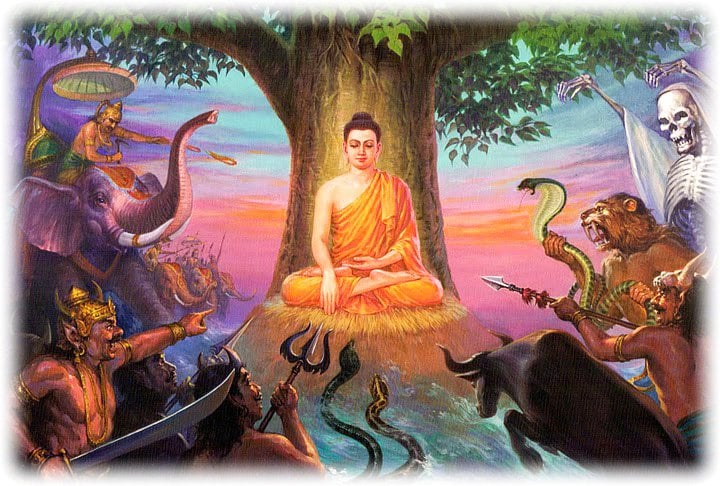
Shakyamuni Buddha, raised among Brahmins (priests) and kings, left the palace behind and sat under the Bodhi Tree to face his inner demons. Of course, his mission wasn’t to exorcise devils and demons; it was the lofty goal of saving all sentient beings from Samsara, from suffering. The demons can be seen as symbols of the cause of this suffering — attachment and clinging, pride and ego, anger and hate, jealousy, and ignorance. All of these can be seen as our inner demons.
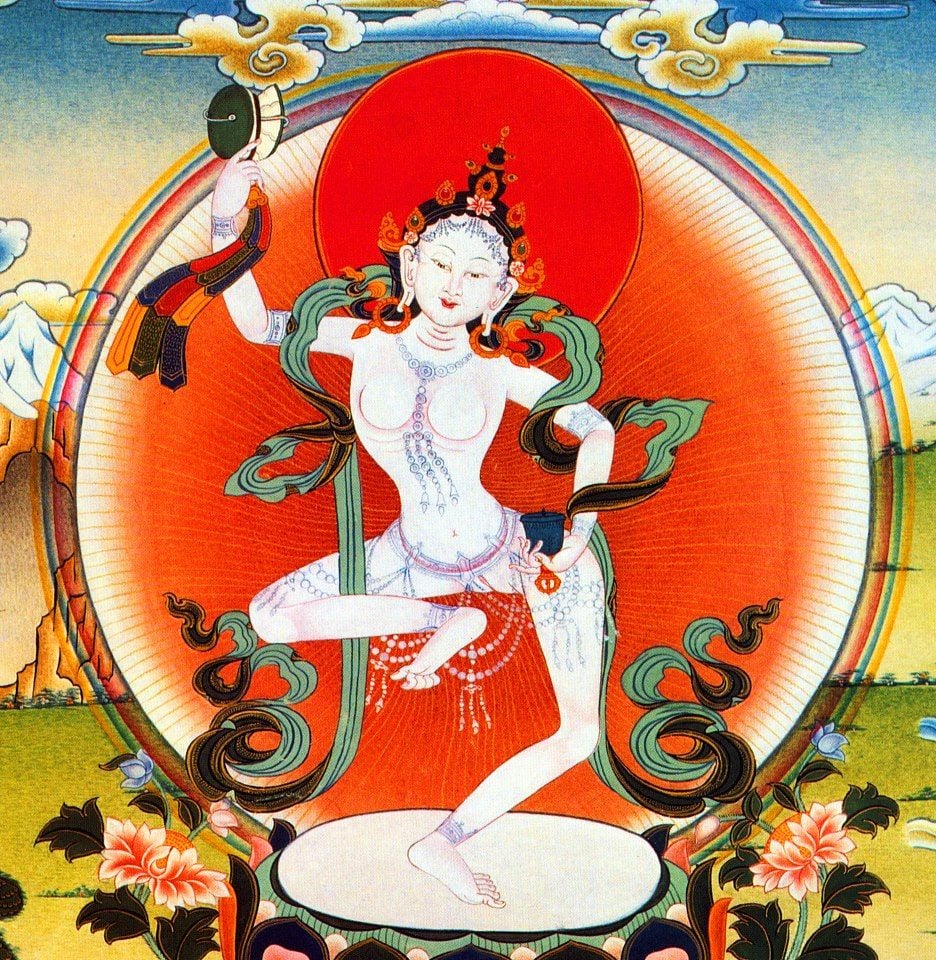
The great sage Yogini Machig Labdron, had this to say about demons:
As long as there is an ego, there are demons. When there is no more ego, there are no more demons.
This is an Enlightened view. If, on the other hand, we have doubts, and are laden with cultural baggage — for example, we were raised in an extreme faith system, or watched too many horror films — we might have to use more skillful means. It is for this reason; Buddha taught many paths and many skillful means. Although there are forms of exorcism in Buddhism, the focus is on compassion, not destruction.

The great Padmasambhava, Guru Rinpoche, exemplifies this example. He tranformed the demons of Tibet and India into protectors of the Dharama. (See the section below, or this entire section with 11 special features on the great Padmasambhava>>)
In this feature, we cover the various methods of “excorcising” demons — whether you view them as internal issues, or external “beasties.” None of them, involve “destruction” — since even the most evil demon is considered a “sentient being” with Buddha Nature. These include the most important of protections, Refuge in the Three Jewels, to the more exotic and “arcane.
NOTE: This feature is not offering advice for any situation, and is simply discussing the labels and methods in Buddhism. Please seek the advice of your teacher, spiritual counselor, doctor, therapist, or guru if you need help. In Buddhism, the support of Sangha — the people around you who love and support you — is almost as important as the teachings and Dharma.
• For a full, fun Halloween encyclopedic feature on the monsters and demons of Buddhism, see>>
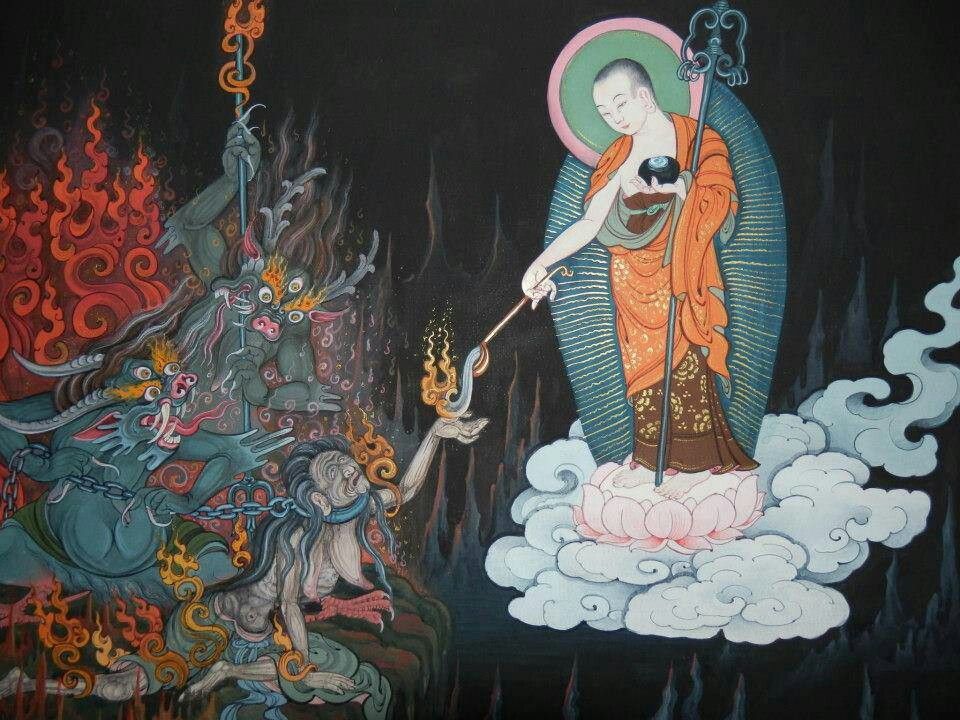
Demons can be seen labels for inner poisons
Whether you view demons as labels for the “inner poisons” — hate, clinging, pride, jealousy or ignorance — or as tangible manifested demon things, it is still the same “obstacle.” These are the “poisons” to be cured by the medicine, the Dharma or teachings, and the Doctor, the Buddha. In the former case, where the logical mind has understood the poisons as our own mind, simple mindfulness meditation might be the best “treatment.” In the case of a person who sees these as “tangible demons,” there are methods taught by Buddha to help.

Ultimately, there’s no need to be fixated on labels. If we culturally label these poisons as demons, give them names and images, and even talk to them in our dreams, at a “result” level, it’s not much different than if we simply label them anger, attachment, ego, jealousy or ignorance. Either way, they are obstacles to the achievement of freedom. The method to transform them is the Eightfold Path.
- For a feature on the sutra methods to overcome fear, see the Abhaya Sutra feature>>
- For a feature on overcoming fear according to Sutra and Tantra, see our extensive feature>>
The Tibetan Yogini Machig Ladron, who taught methods such as Chod — which could be thought of as “feeding the demons” [For a story on Chod, see>>]:
“That which is called devil is not some actual great big black thing that scares and petrifies… a devil is anything that obstructs the achievement of freedom. Most of all, there is no greater devil than this fixation to self. Until this ego-fixation is cut off, all the devils wait with open mouths. For that reason, you need to exert yourself at a skillful method to sever the devil of ego-fixation.”
Shadow is shadow
Shadow is shadow. Shadow is a term widely used in psychiatry and certainly stressed in Dr Carl Jung’s methods. Whether “mental defilements”, or “poisons”, or “demons, “or “shadow”, these are all simply labels. Labels are labels.
Is the shadow our doubting mind, our guilty conscience, or an actual demon whispering in our ear? In relative terms, in terms of conventional reality — and how they are “treated” as a malady — they may differ, but in ultimate reality terms, they are the same thing.
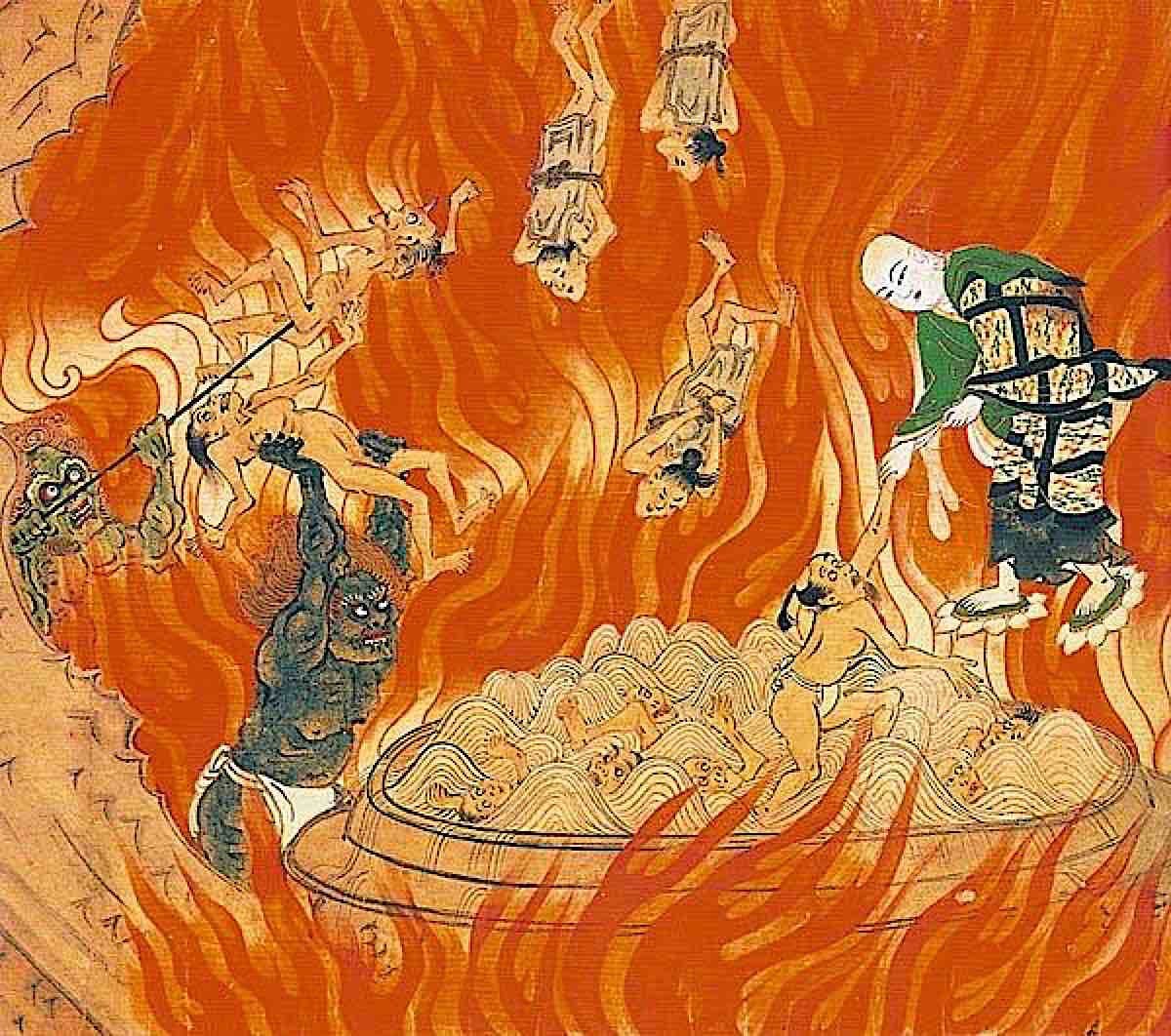
There is, perhaps, a difference in treatment tactics. If, for example, we are not culturally conditioned to see these things as manifested demons — in today’s world, this would be most of us — the direct methods of right conduct, right view, right speech, and so on will naturally cause these poisons to diminish in our lives. Even if we are culturally conditioned by our childhood belief systems, mindfulness and the Eightfold Path should be sufficient to help us understand the true nature of our suffering.
Cultural baggage and extremes
If, on the other hand, we are laden with cultural baggage — for example, we were raised in an extreme faith system, or watched too many horror films — we might have to use more skillful means. It is for this reason; Buddha taught many paths and many skillful means. Although there are forms of exorcism in Buddhism, the focus is on compassion, not destruction. This is why there are advanced methods — requiring a teacher — such as Chod, — a compassionate view that actually “feeds our demons” rather than trying to annihilate them. Since our own shadow is part of ourselves, rather than obliteration, the goal is a transformation with compassion.
[NOTE: It is important to emphasize that Chod practice is a compassion practice, a Bodhichitta practice, and it is not just a method for dealing with our own demons (or, if we believe in them or label them, our “tangible demons”), but rather it is a method of ultimate Bodhichitta (compassion). For more on Chod>>]
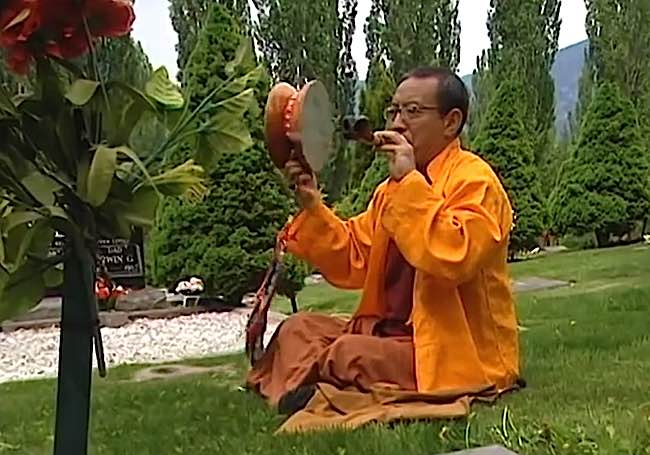
Whether it’s “feeding your demons” or sending those demons running for the deepest hells, these skilful methods may be necessary where someone is plagued by either. Even if you logically know there are no “tangible demons” the ritual methods can be helpful or reassuring. And, because of the nature of reality — dependent arising, and the Quantum Physics theory of observer-reality — no one should casually dismiss the notion of tangible demons. Belief is powerful; and it cuts both ways: Enlightened Buddhist Deities and unenlightened demons or spirits.
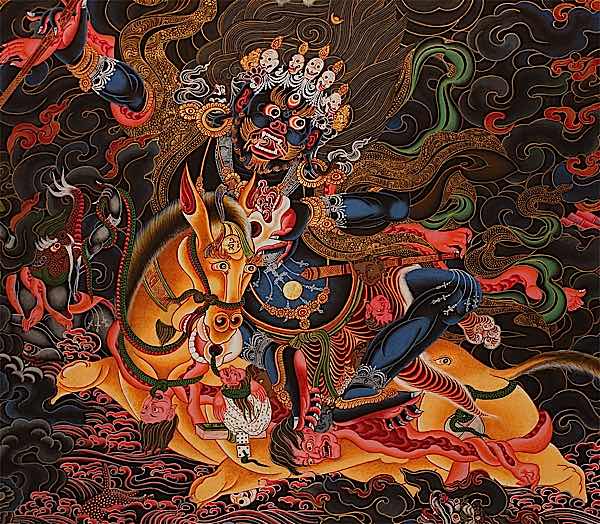
Relying on the Bodhisattvas — limitless compassion
Ksitigarbha is a bodhisattva revered by millions across East Asia — honored by the Buddha Himself due to his “untiring limitless compassion” — and his vows to help all sentient beings. He is also popularly known as Lord Jizo (Gizo). He made the vow:
“I vow to rescue all suffering sentient beings across uncountable eons and the six paths of samsara by establishing convenient methods. When all have been saved, only then will I attain Buddhahood.”
The Psychology of Padmasambhava
The great Guru Padmasambhava, a Buddhist sage, but also the mightiest of magicians, was only able to convince the people of the High Plateau (Tibet) of the value of compassionate Buddhism, by actually “convincing” the unenlightened demons and land spirits to become Protectors of the Dharma instead. In Tibet, he is the second Buddha.
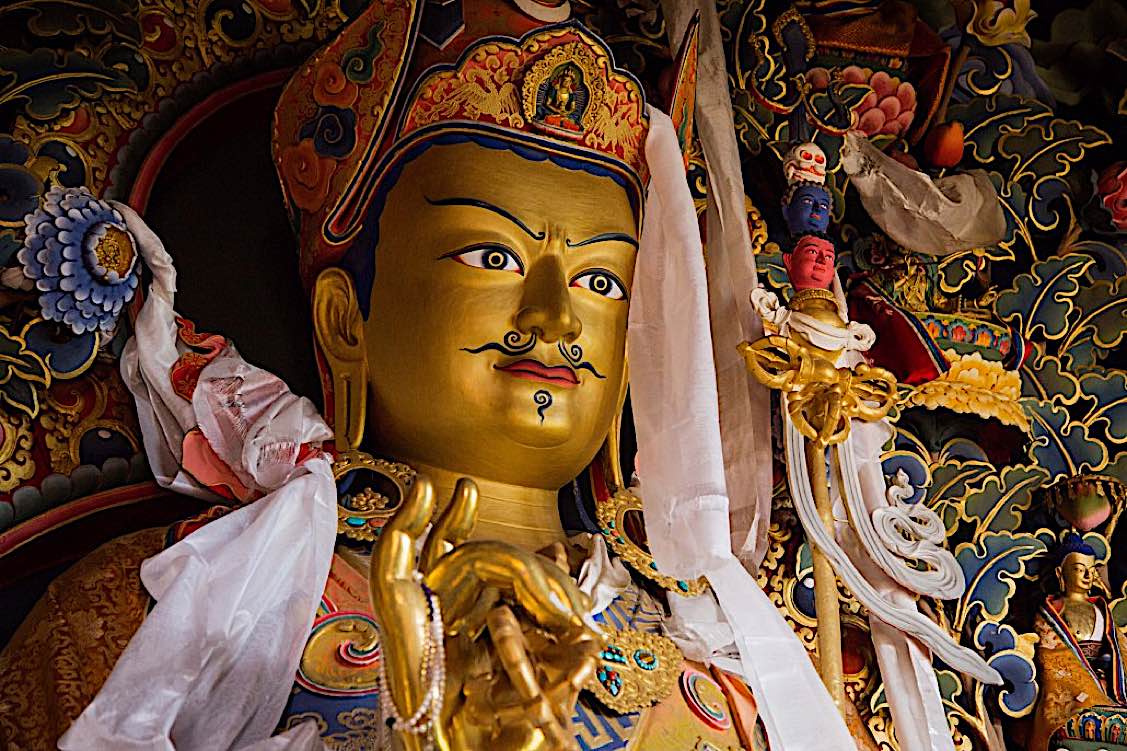
True to compassionate Buddhism, Padmasambhava was not an exorcist/destroyer. He taught these demons, he cajoled them, but he didn’t destroy them. They became protectors, instead of frightful monsters ready to prey on traders navigating the high mountain passes.
The great Guru Padmasambhava was indeed a compassionate Enlightened Being.
The Example of Milarepa in Demon Valley
After Padmasambhava came many great sages in the Land of the Snows, notable among them the great Milarepa, a great Mahasiddha. There are numerous stories and songs of Milarepa ‘conversing with demons’ — trying to educate and Enlighten them even as they were talking about “eating” him. One particular story, in Drelung Kyomo (Discontented Demon Valley) demonstrates his compassion with the “evil ones.” He subdued the demons of these Lachi Snow Mountains.
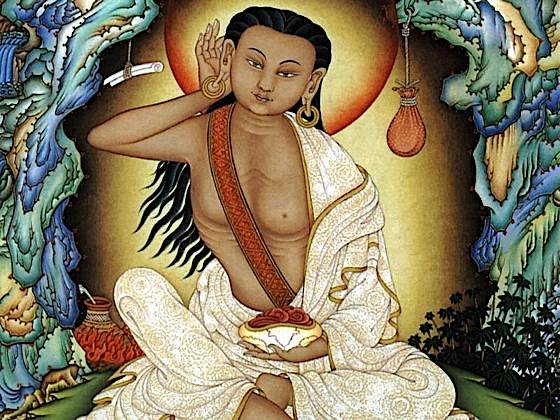
“When I arrived at the foot of the mountain, violent claps of thunder and flashes of lightning struck all around. The whole sky was on fire… The Lord of Obstacle-Makers … came in the guise of a Nepalese Demon called Bhairo with a vast demonic army as retinue…”
The Demons tried everything to intimidate Milarepa, with huge boulders flying through the air, rivers diverted from their riverbeds to swamp him. Milarepa subdued the flood with a simple gesture.
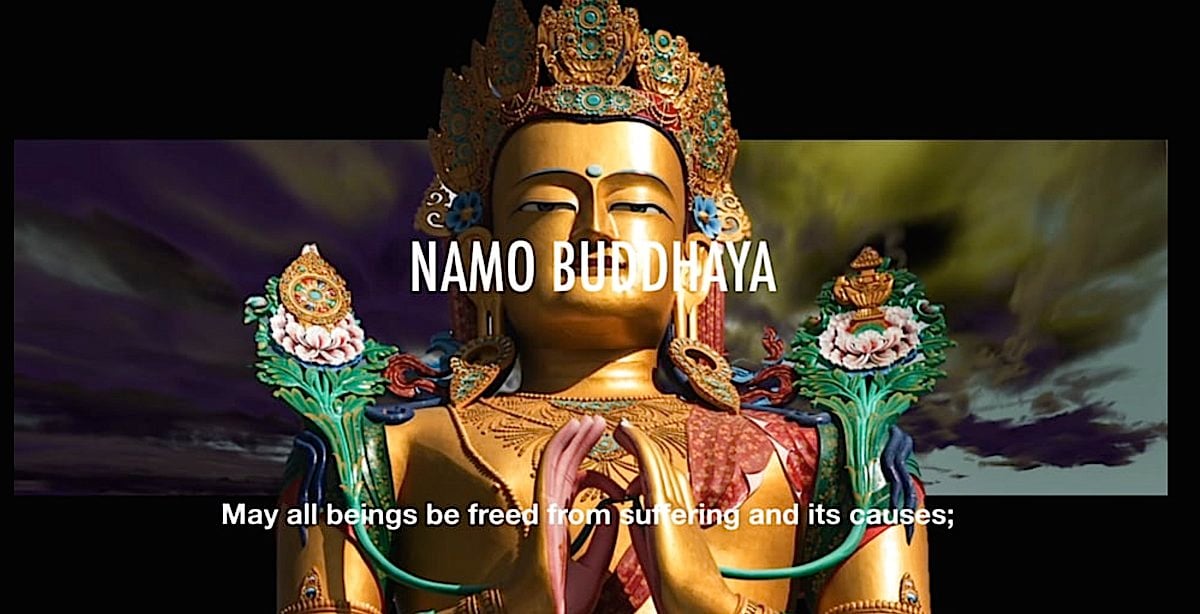
Protection from demons
Even if we know the demons are nothing more than our own delusions, it cannot hurt to have a little protection in mind. Whether you believe these shadows are tangible evils or mental defilements or something else, there are many methods of protection. Of course, the ultimate protection in Buddhism is Refuge. When one has taken Refuge in the Three Jewels: Buddha, Dharma and Sangha, one is protected. The Buddha is the Doctor, the Dharma is the Medicine, the Sangha are the support team. Often, saying the Refuge prayer outloud is helpful to bring peace-of-mind [For a feature on Refuge, see>>]:
“I take refuge in the Three Jewels.”
Or, more elaborately:
“I take Refuge in the Buddha, Dharma and Sangha. By the virtues of practicing generosity and other Perfections, may I attain Enlightenment to benefit all beings.”
Green Tara’s mantra, spoken or chanted, is protective. Green Tara is known as the Mothe, and like a mother, will protect her children:
Green Tara: protection takes form
When evil takes form — whether it’s your belief, or something else — your protection also takes form. Green Tara is an invulnerable shield against all dangers, whether imagined, real, or karmic. Simply calling her name, Tara, is enough to invoke her protection if you believe. [For a feature on Green Tara, see>>] Her mantra dispells all fears and demons:
Om Tare Tuttare Ture Soha
Once, 108 times or whenever you feel nervous or stressed. There is a saying, even amongst senior practitioners with major Protector practices, “If you need rescuing in a hurry, call Green Tara.” Tara is the swift one, the wind at your back.

Of course, for Tibetan Buddhist with their own Yidam, they are already protected. Your Yidam is your Heart Deity.
The Ten Protections of Guan Yin
For the faithful, there is no better protection than the merciful, glorious goddess Guan Yin (Kuanyin).
The Ten great protections (or salvations or deliverances, depending on translation) are the protective actions of a Mother protecting her children. Like a Mother, she doesn’t question her child’s integrity — even going so far as to rescue her sons and daughters from prison.
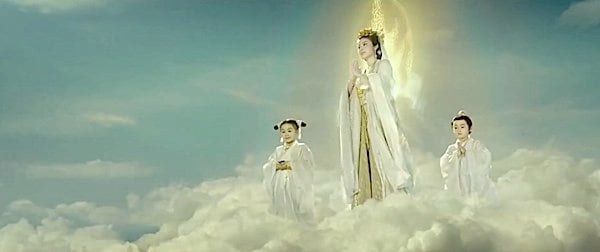
Namo Guan-Shi-Yin Pusa
or the compassionate mantra
Om Mani Padme Hum
A video story of Guanyin rescuing a girl from demons/spirits:
Cultural demons
Where our cultural upbringing reinforces a belief in the supernatural, this could be considered a necessary method. Only a wise teacher, guru or spiritual guide can really determine the best “cure” for the extremes of this malady. The problem is, at times, that the mind may have doubts. In the back of our mind, we may remember our belief in Satan with his pitchfork. In this case, the mind can be either “reasoned with” — through mindfulness meditation, for example — or “convinced” to let go, sometimes through a form of exorcism or blessing.
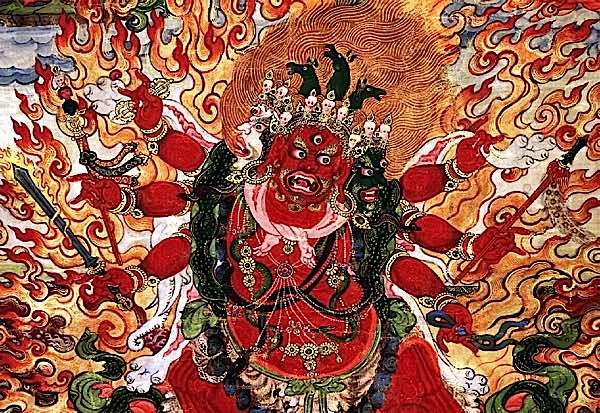
In Tantric forms of Buddhism, various Enlightened Forms of the Buddhas, appear as wrathful Enlightened Deities such as Hayagriva, wrathful manifestation of Amitabha Buddha, or Vajrakilaya, the wrathful form of Vajrasattva. [For a feature on Hayagriva, see>>] The psychology of these practices is sound, tapping into the symbolism of the Shadow. The Enlightened wrathful deities transform our demons with forms that are more frightening than the demons themselves. [For a story on wrathful deities, see>>]
“Westerners can find the wrathful images bizarre and confusing,” writes psychologist Rob Preece in The Psychology of Buddhist Tantra.[1] “Early encounters with Tibetan culture, with its ferocious and erotic deities, led its religion to be viewed with great suspicion. Those of missionary disposition even tried to convert the Tibetans… to save them from what they saw as demon worship.”
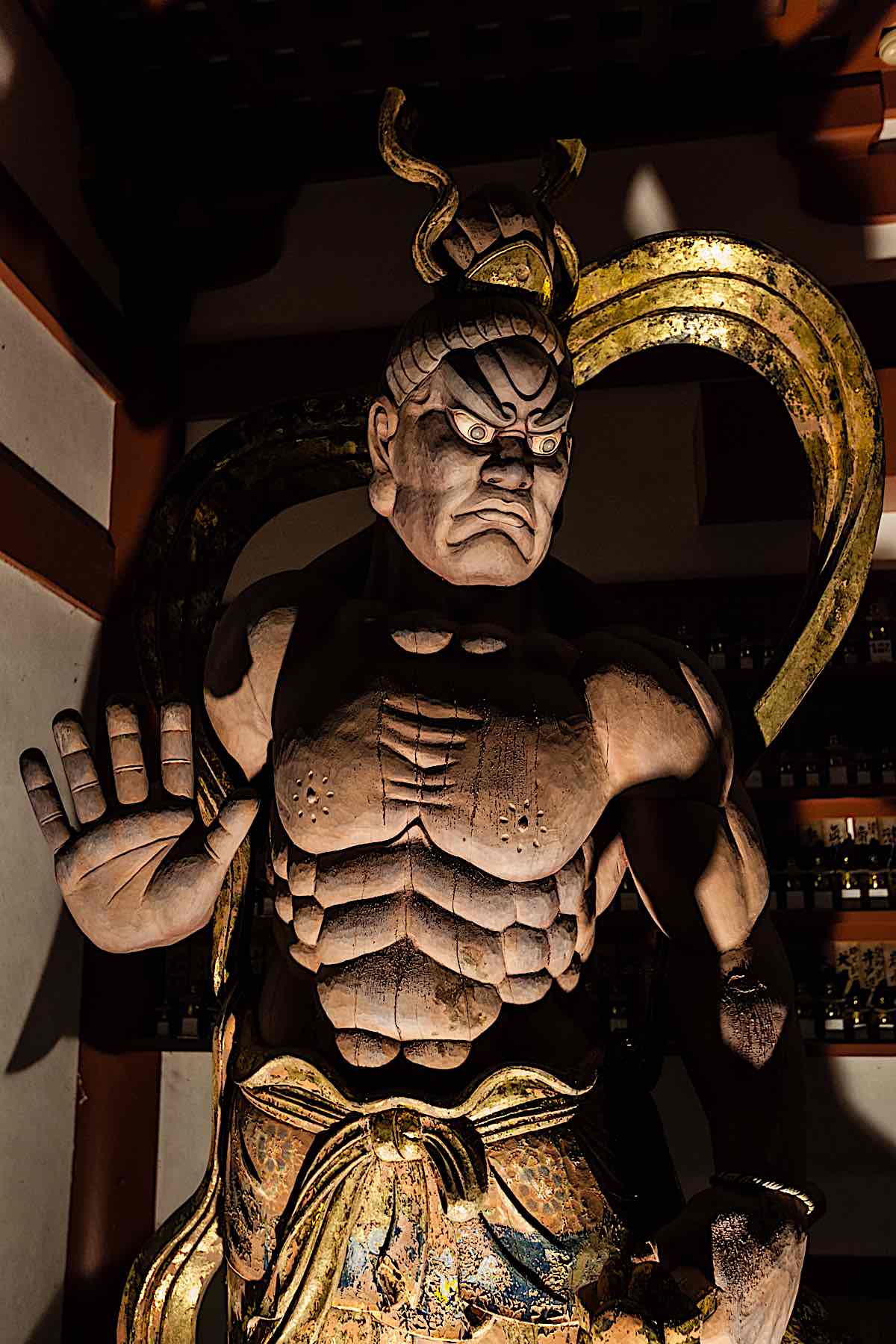
“At the same time, there is no denying the “extraordinary power of tantric deity images,” Preece added. These forms are deliberately more terrible than demons; they represent forces that help us transform these very demons—whether you see them as psychological shadows of the mind or tangible entities. From a Buddhist point-of-view, they help us remove the obstacles to Enlightenment. Writes Preece, from a psychological point-of-view, “beneath the pageantry lies a profound meaning. It’s difficult to comprehend at first, but in our search for a way to understand the transformation of the many facets of the Shadow[2], Tantra can be of great significance.”
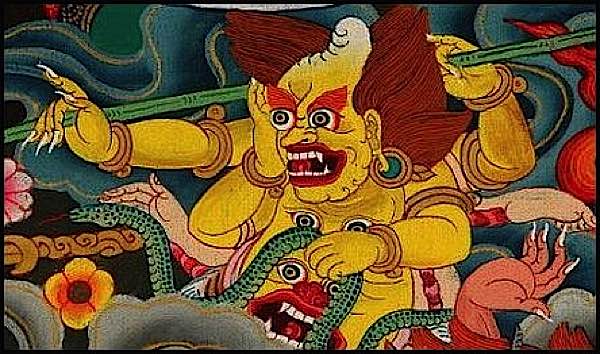
Mara, the evil one
When Buddha (then a Bodhisattva) sat under the Bodhi tree — and, after Mara sends armies of demons against Buddha — Buddha said, “Mara, you have no power here.” In the actual sutra accounts, Siddartha, now Buddha, touches the earth with the Bhumisparsha mudra and calls the Earth as his witness. Mara flees, never to return.
In The Lalitavistara Sutra, Mara, seeing Bodhisattva Siddartha under the Bodhi Tree — about to achieve Enlightenment — sends his armies of demons against the future Conqueror. The language is precise and meaningful. Mara is the king of demons — he makes Satan seem gentle by comparison. Buddha becomes the Conqueror after defeating Mara. Whether you view the adversary as a tangible Mara or as the poisons of wrong view, the symbolism is powerful:
“Monks, Māra, the evil one, did not pay heed to Sārthavāha’s warning. Instead, he gathered all four divisions of his great and powerful army. It was a terrifying army, so brave in battle that it would make anyone’s hair stand on end. Such an army had never been seen before, or even heard of, in the realms of gods and humans. The soldiers were able to transform their faces in a trillion ways. On their arms and legs slithered hundreds of thousands of snakes, and in their hands they brandished swords, bows, arrows, darts, lances, axes, tridents, clubs, staffs, bludgeons, lassos, cudgels, discuses, vajras, and spears. Their bodies were covered in finest cuirasses and armor.

“Some had their heads, hands, or feet turned backward, or their eyes facing backward. Their heads, eyes, and faces were ablaze. Their bellies, hands, and feet were deformed, and their faces brimmed with vehement ardor. Their mouths, with protruding ugly fangs, appeared contorted in the extreme, and their thick and broad tongues, rough like a turtle’s neck or a straw mat, dangled from their mouths.
“Like the eyes of a black snake, which are flush with poison, their eyes were blazing red, as if on fire. Some of them were vomiting poisonous snakes, while others, like garudạ emerging from the ocean, grasped these poisonous snakes in their hands and ate them. Some ate human flesh and drank blood, chewing on human arms, legs, heads, and livers, and slurping entrails, feces, and vomit. Their terrifying bodies had many colors, such as brown, blue, red, black, and blazing yellow. Some had ugly hollow eyes, like wells. Others had eyes that were gouged out, eyes that were ablaze, or disfigured eye sockets. Some had ugly eyes, rolling and blazing. Some carried flaming mountains in their hands while playfully riding on other mountains as their mount. Others ran toward the Bodhisattva, carrying trees that had been uprooted….”
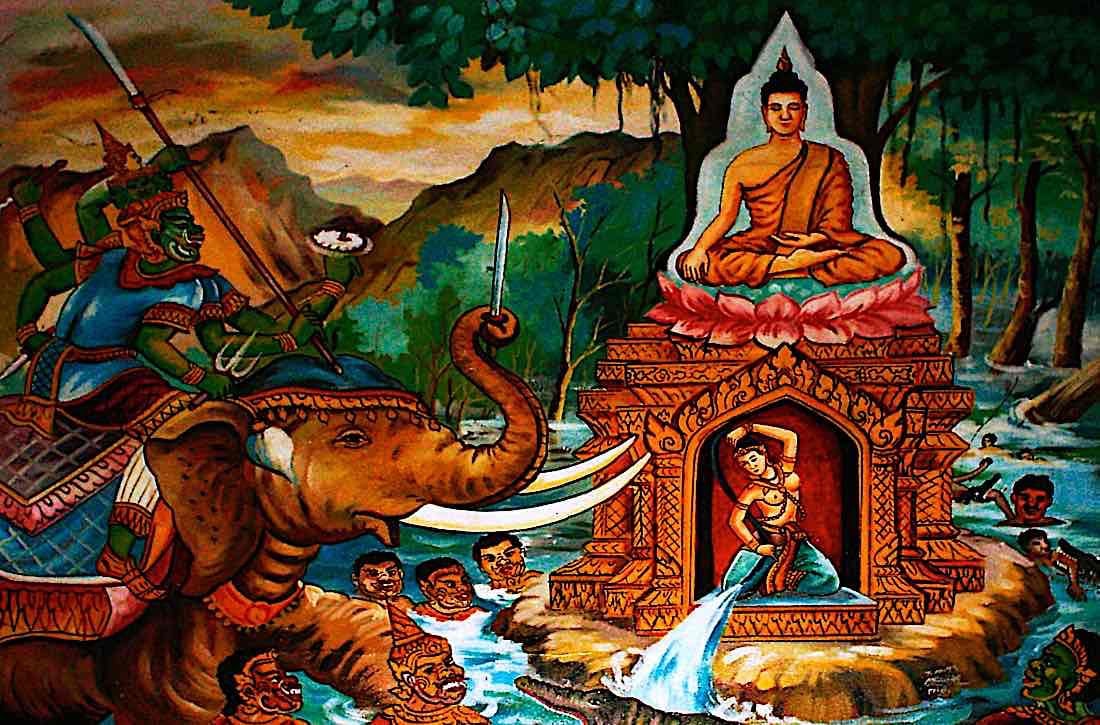
The description of cannibal, blood-drinking demons goes on for many passages, each more gruesome than the last: “Some were so thirsty for blood that they would cut each other’s heads off…”
Buddha and the demons
Confronted by the demons, according to the Lalitavistara Sutra:
Yet the One Who Has Qualities, Marks, and Splendor
Keeps his mind unshaken, like Mount Meru.
He sees all phenomena as illusion,
Like a dream, and like clouds.
Since he sees them in this manner that accords with the Dharma,
He meditates steadfastly, established in the Dharma.
Whoever thinks of “me” and “mine”
And clings to objects and the body,
Should be afraid and terrified,
Since they are in the clutches of ignorance.
The Son of the Śākyas has realized the essential truth
That all phenomena arise in dependence and lack reality.
With a mind like the sky, he is just fine,
Unperturbed by the spectacle of the army of rogues.
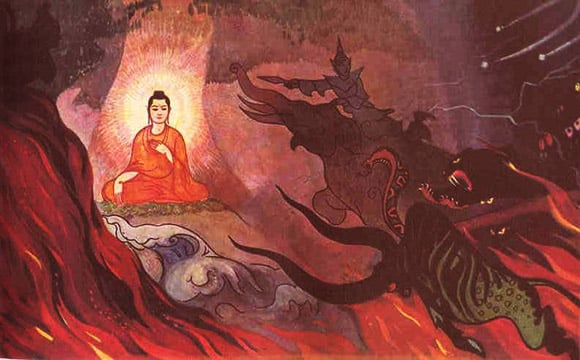
One by one the “sons” of Mara try to bring down the great Bodhisattva. One tries to enter his body and destroy him from within — possession — another tries to poison him with a “gaze than can turn the waters of the ocean to ashes”, and another sends “divine girls”, an exquisite harem. But, even the demons realize the futility. Dharmarati says:
“He only delights in the pleasures of the Dharma,
The bliss of concentration and the significance of immortality,
And the joy of liberating sentient beings and the happiness of a loving mind.
He does not delight in the pleasures of passion.”
Ultimately, the greatest torment, the vilest image, the most bloody of threats, and the most exquisite of beauties cannot move Siddartha’s mind. In the end, they send their entire army against the Buddha, but the result is a rain of flowers, as reported by Bharasena, the general of the demon army:
“Wherever this army is found,
Dust and soot rain from the sky.
Yet at the seat of awakening, a rain of flowers falls,
So heed my words and turn back!”
Types of Demons
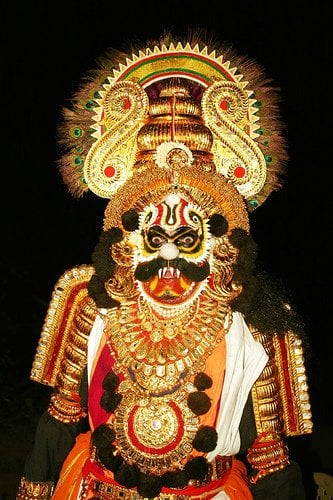
Buddha showed us, not that demons are irrelevant, but that they only have power if we give it to them. This is because, ultimately, they are creatures of mind — symbols of our own temptations, clinging (attachments), jealousies, anger and ignorance.
To a mind who understands this, the demons lose their power. For a mind that retains doubt, there are still methods for handling the various types of demons. Regarding Buddhism — whose demons pre-date Buddhism — the cultural demons are pretty recognisable. There are cannibals, zombies, vampires, scent eaters, hungry ghosts, and so on. Of course, chief among them is Mara — who can be seen as the antagonist, the Evil One, the literal personification of temptation. His daughters are Desire, Fulfilment and Regret. There are also hosts of man-eaters and cannibals, people-eating ghost and Preta (hungry ghosts.)
• For a full, fun Halloween encyclopedic feature on the monsters and demons of Buddhism, see>>
Concise fear advice: the Dhammapada
As always, Buddha gave us both concise advice and more elaborate teachings. The go-to for concise advice, the Dhammapada (collection of sayings of the Buddha 212-216) certainly has powerful teachings on fear:
From what is dear, grief is born,
from what is dear, fear is born.
For someone freed from what is dear
there is no grief
— so why fear?From what is loved, grief is born,
from what is loved, fear is born.
For someone freed from what is loved,
there is no grief
— so why fear?From delight, grief is born,
from delight, fear is born.
For someone freed from delight
there is no grief
— so why fear?From sensuality, grief is born,
from sensuality, fear is born.
For someone freed from sensuality
there is no grief
— so why fear?From craving, grief is born,
from craving, fear is born.
For someone freed from craving
there is no grief
— so why fear?
NOTES
[1] The Psychology of Buddhist Tantra, Rob Preece, Snow Lion, ISBN-13 978-15559392631.
2 thoughts on “Transforming demons; “Get thee behind me Mara!”: how Buddhism exorcises demons; transformation but no destruction”
Leave a Comment
More articles by this author

Guru Rinpoche is ready to answer and grant wishes: “Repeat this prayer continuously” for the granting of wishes
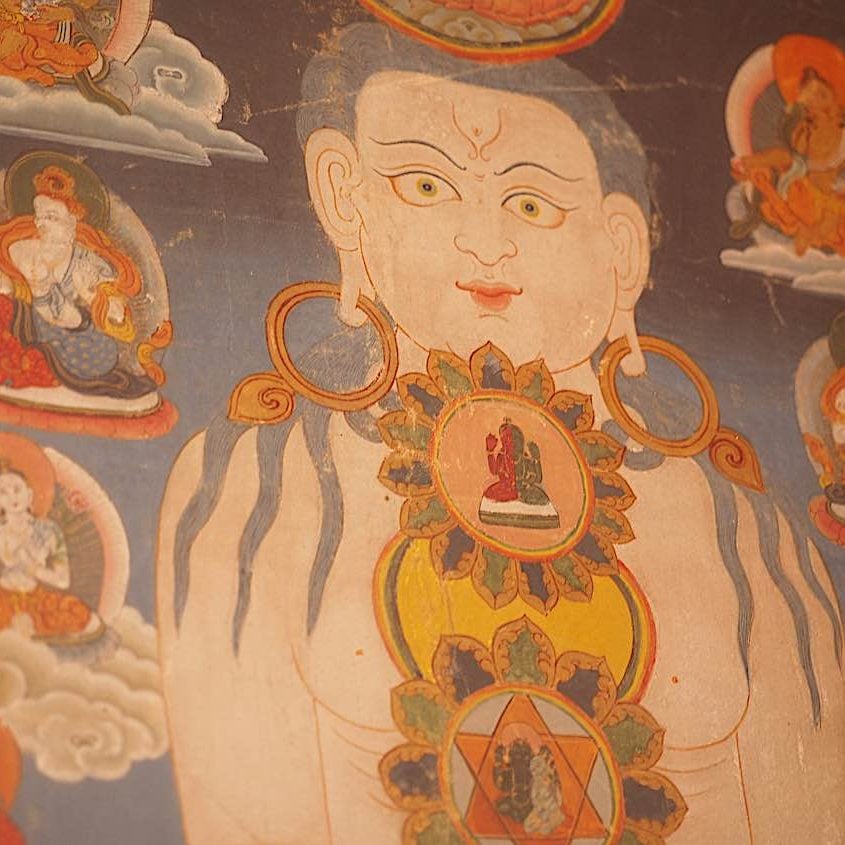
Buddhist body mandala practice in Vajrayana Buddhism — and riding the winds of the inner body “The prana goes where the mind goes.””
Search
Latest Features
Please support the "Spread the Dharma" mission as one of our heroic Dharma Supporting Members, or with a one-time donation.
Please Help Support the “Spread the Dharma” Mission!

Be a part of the noble mission as a supporting member or a patron, or a volunteer contributor of content.
The power of Dharma to help sentient beings, in part, lies in ensuring access to Buddha’s precious Dharma — the mission of Buddha Weekly. We can’t do it without you!
A non-profit association since 2007, Buddha Weekly published many feature articles, videos, and, podcasts. Please consider supporting the mission to preserve and “Spread the Dharma." Your support as either a patron or a supporting member helps defray the high costs of producing quality Dharma content. Thank you! Learn more here, or become one of our super karma heroes on Patreon.
Lee Kane
Author | Buddha Weekly
Lee Kane is the editor of Buddha Weekly, since 2007. His main focuses as a writer are mindfulness techniques, meditation, Dharma and Sutra commentaries, Buddhist practices, international perspectives and traditions, Vajrayana, Mahayana, Zen. He also covers various events.
Lee also contributes as a writer to various other online magazines and blogs.




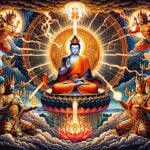

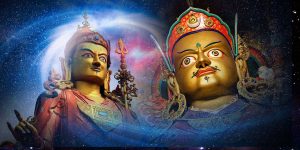


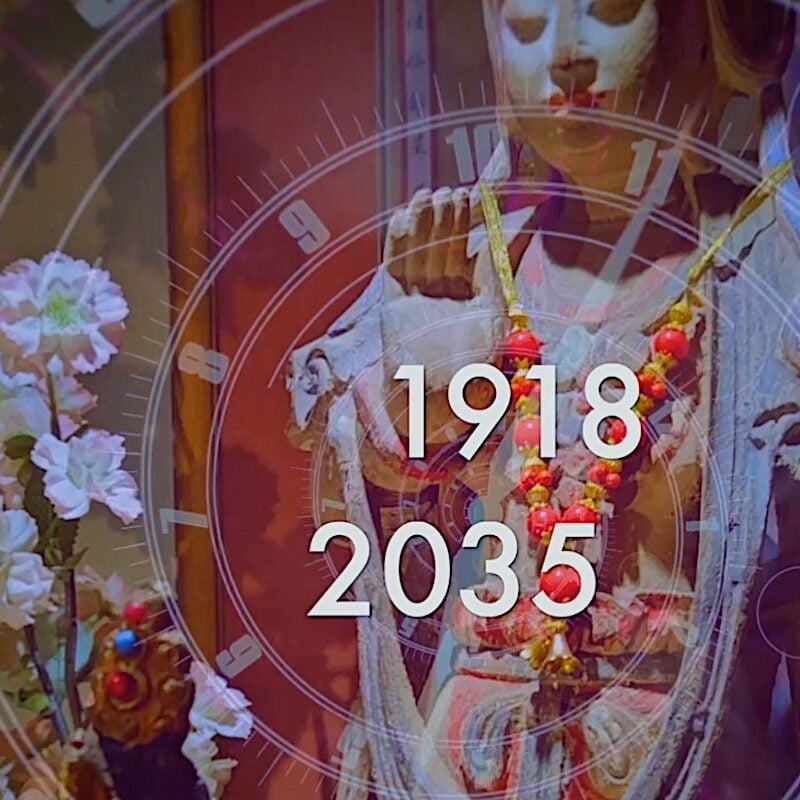

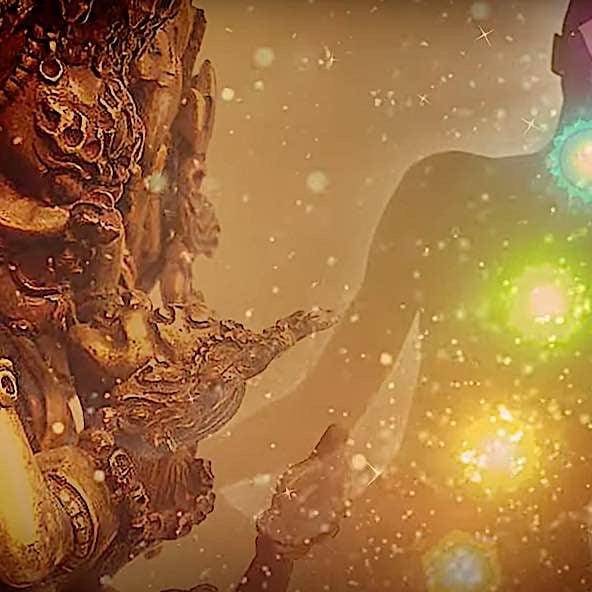



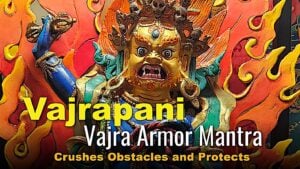
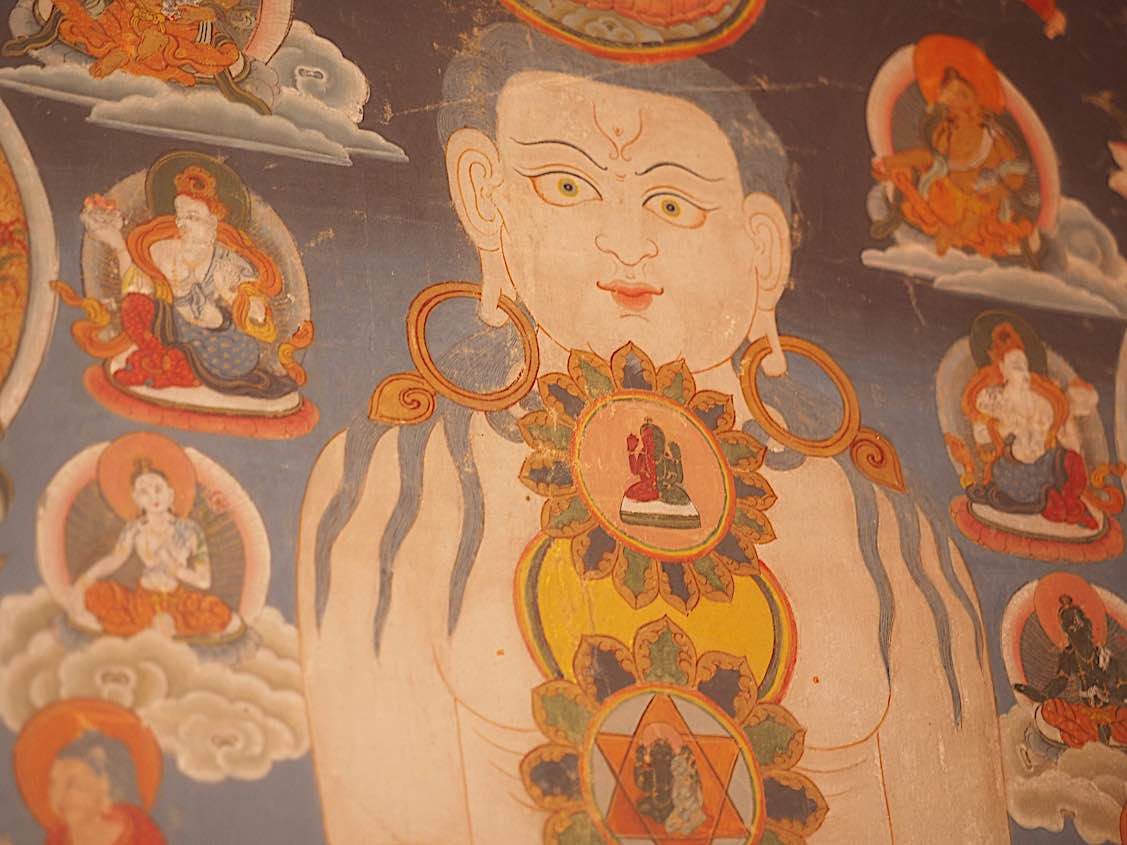
God bless you and may Buddha protect you.
A fabulous read. thank you.